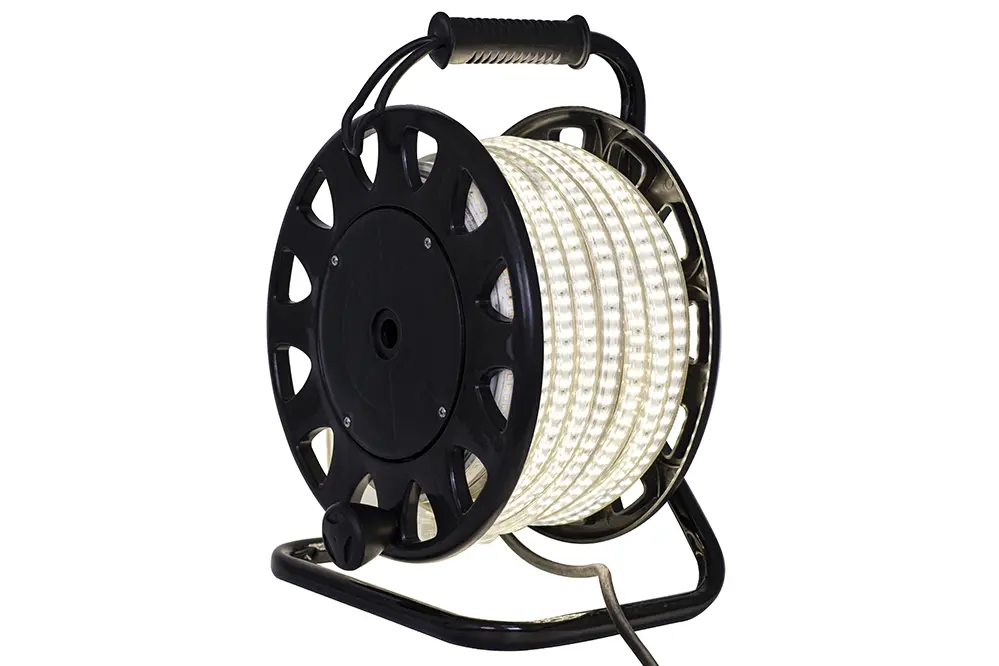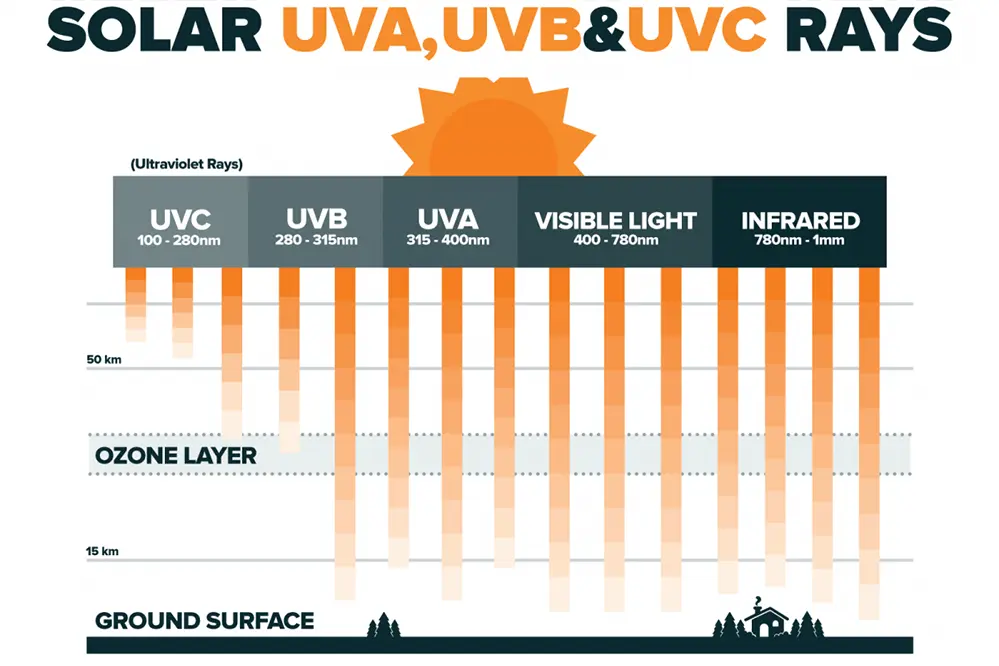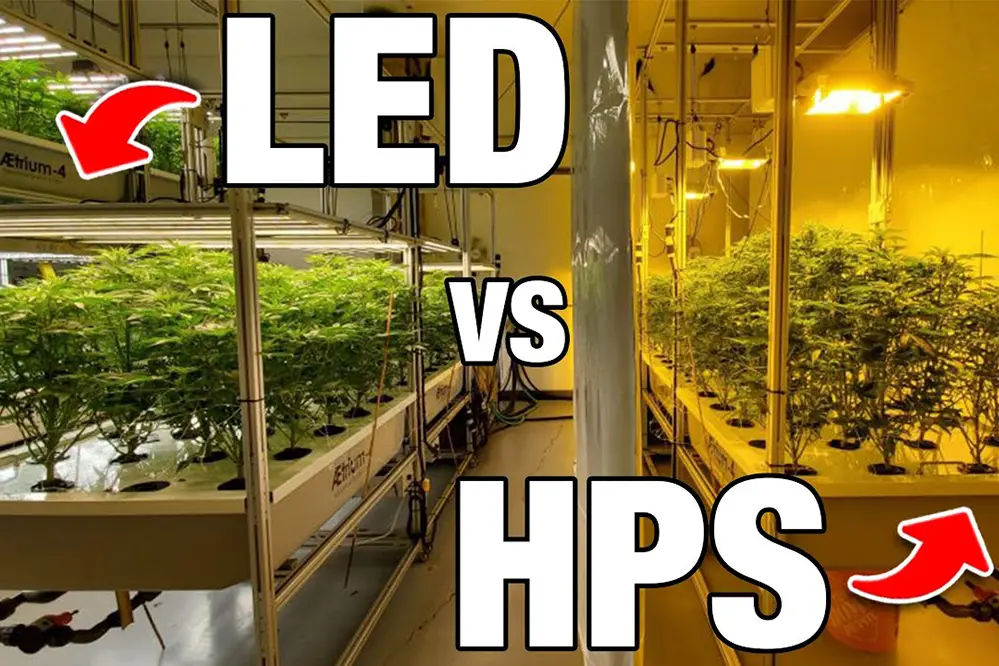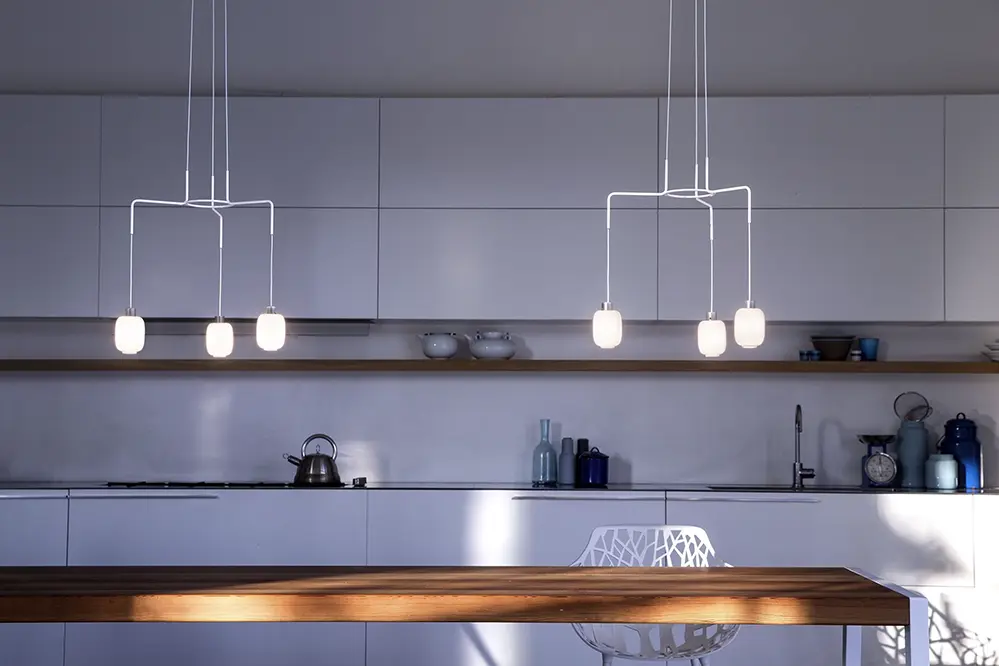In the world of modern lighting, LED strip lights have become a popular choice for their versatility and energy efficiency. However, a common concern among users is whether these lights emit any odor. Rest assured, we have the insights you need to address this question with clarity and confidence.
LED strip lights do not typically emit any odor. They are designed to operate efficiently without producing unpleasant smells, making them a safe and reliable lighting option for various settings.
Curious about what makes LED strip lights odor-free and how to ensure your lighting remains fresh and pleasant? Keep reading to discover more about the technology behind these innovative lights and tips for optimal use.
Do LED Strip Light Give Off an Odor?
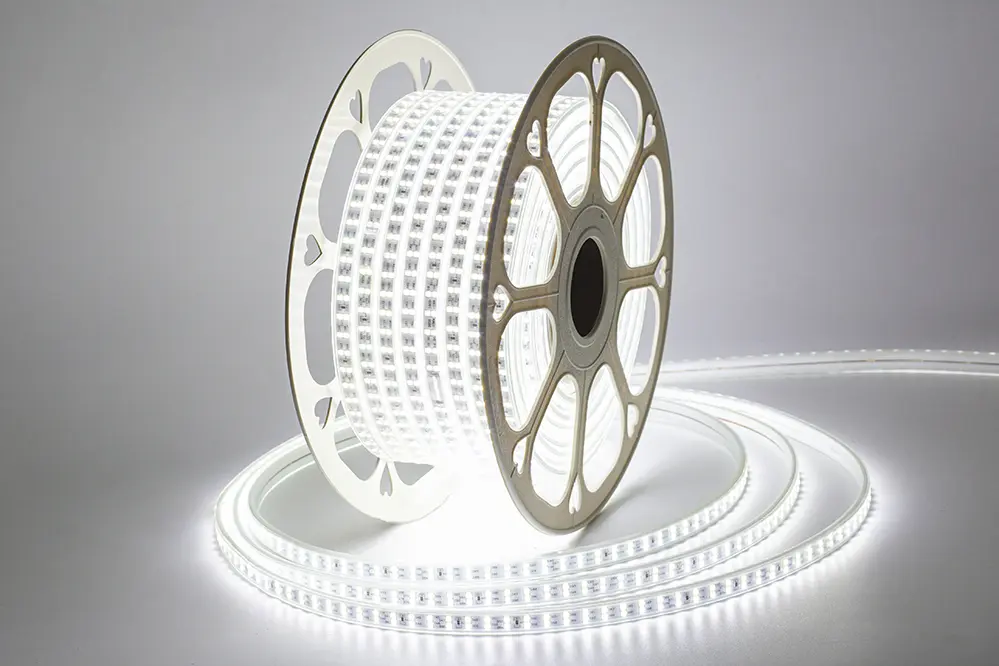
LED strip lights do not emit any inherent odor, allowing you to confidently illuminate your environment without sensory distractions.
In the vast majority of cases, these lights operate silently and without any noticeable smell. Since they do not rely on materials that typically produce odors, they maintain a clean output.
However, it’s important to remember that any perceived odor around LED strip lights might stem from surrounding objects or potential issues with installation or materials nearby. Ensure that components such as adhesives or fixtures are sourced from reputable manufacturers to avoid this.
Should an odor arise, it may indicate an issue with the power source or installation process, rather than the LEDs themselves. In such instances, inspecting installation quality and verifying equipment integrity is essential.
Ultimately, LED strip lights enhance atmospheres with their brilliance while maintaining a pristine ambiance free from unwanted scents.
Materials Used in LED Strip Lights
LED strips consist of several key components.
The fundamental materials include LED chips, flexible printed circuit boards (PCBs), and protective coatings. These chips are meticulously manufactured to emit specific wavelengths of light, ensuring consistent color and brightness. Simultaneously, the PCBs provide a vital backbone, completed with conductive pathways that facilitate electricity flow.
High-quality adhesives also play a critical role.
These strips must adhere seamlessly to various surfaces while withstanding heat generated during usage. Thus, acrylic or silicone-based adhesives are often employed for their durable properties and heat resistance, ensuring stability and longevity.
Selecting superior materials significantly contributes to the LED strips’ performance and odor-free operation. The quality of components, such as high-efficiency phosphors, plays an instrumental role in their effectiveness. By continuously innovating with materials, manufacturers are paving the way for LED strip lights to become even more reliable and efficient lighting solutions.
Causes of Odor Emission
When assessing whether LED strip lights emit any odor, several key factors must be considered for comprehensive understanding.
Foremost, the issue could stem from subpar materials used in some LED strip lights, especially the adhesives, wiring, and protective coverings, which may degrade under heat resulting in unwanted smells. Lower-quality adhesives are known to emit odors when reacting with excessive thermal conditions, highlighting the importance of investing in high-quality products. Additionally, the design and assembly intricacies can lead to overheating, exacerbating undesirable emissions during usage.
Interestingly, these odors typically arise in confined spaces where air circulation is limited. As a result, odors might not be immediately perceptible but can accrue over time, especially when LED strips are used in enclosed settings without adequate ventilation to disperse heat effectively.
Thus, by opting for LED strips crafted with superior materials and adhering to recognized manufacturing standards, consumers not only ensure an odor-free experience but also enjoy enhanced performance and extended lifespan. Continuous advancements in technology and manufacturing processes are propelling the rise of LED strip lights that not only illuminate our spaces but also elevate them without compromising air quality or user experience.
Chemical Reactions in LEDs
Within each LED, specific semiconductor materials, a synthesis of advanced chemical innovation, enable light emission. These semiconductors, like gallium arsenide, undergo electron transitions, producing luminance without involving combustion or volatile reactions, thus ensuring no odors emanate from the light source itself.
In scrutinizing the anatomy of a modern LED, one discerns the absence of “chemical smell.” This is due to a lack of volatile compounds, which could result from other lighting technologies. As such, the technology of LEDs not only provides an efficient light source but also promotes a clean, odor-free environment even in elaborate lighting designs.
Heat and Plastic Interaction
Under normal conditions, LED strip lights maintain a cool temperature and emit no odors.
LED strip lights are designed to operate efficiently, minimizing heat generation and preserving air quality.
High-intensity usage or substandard materials can cause plastics in LED strip lights to degrade, potentially producing odors. This underscores the importance of selecting quality products constructed from high-grade materials.
Opting for reputable LED strip lights—crafted with premium heat-resistant components—ensures optimal performance and an odor-free experience. This investment in quality transforms any space with reliability and elegance.
Overheating Issues
In rare instances, overheating might cause LED strip lights to emit subtle odors, although this is uncommon.
Most often, overheating occurs due to a misalignment between the power supply and the LED strip’s requirements, leading to excessive current. Such conditions can initiate the degradation of materials, resulting in diminished product longevity. It is of paramount importance to discern the correct power specifications, steering clear of potential overheating and its associated issues.
Awareness alone is not enough; proactive measures must be taken to ensure proper installation. By utilizing a suitable heat sink or adhering strips to surfaces that aid in heat dissipation, the risk of overheating is significantly reduced, promoting the enduring functionality of your LED lighting.
Finally, high-quality circuit design is crucial in preventing overheating. This encompasses considerations such as incorporating adequate spacing, appropriate power management, and efficient heat dissipation techniques. By implementing these strategies, one not only ensures the lasting brilliance and efficiency of LED strip lights but also upholds the sanctity of an odor-free ambiance.
Preventing Odor from LED Strips
The elegance and efficiency of LED strip lights can be marred by undesirable odors if not properly managed, yet the path to prevention is crystal clear.
Regularly inspect connections to ensure they are secure and free from debris.
One practical step is the application of high-quality, non-toxic adhesive tapes that are designed to withstand heat. This strategy will prevent overheating that might cause undesired chemical reactions, thereby maintaining a pristine, odor-free environment.
Moreover, placing LED strips in well-ventilated areas and avoiding enclosures that could trap heat elevate the experience of LED usage to one of seamless brilliance. With diligence and thoughtful installation, the problem of possible odor emissions becomes a distant concern, inviting you to bask in the luminescent glow of innovation with confidence and peace of mind.
Safe Usage Practices

When it comes to the optimal use of LED strip lights, certain measures ensure their safe and effective application. Following these safeguards is paramount to enjoying their benefits without compromise.
First, prioritize purchasing LED strips from reputable manufacturers. This ensures consistency in quality and safety standards.
Additionally, consistent monitoring of the LED lights’ performance, including brightness and temperature, is advisable. Awareness of these indicators is key to early detection of issues.
Proper installation is crucial to prevent electrical hazards. Ensure that the power source matches the LED strip’s voltage requirements, avoiding potential overloads.
Be conscious of the environmental conditions surrounding your LED strip lights. Avoid exposure to extreme temperatures or humidity, which may affect their longevity and performance.
Lastly, don’t hesitate to seek professional guidance if you’re unsure about your setup. Electrical experts can provide insights to enhance both functionality and safety.
Environmental Impact Assessment
LED strip lights are environmentally friendly.
The environmental footprint of LED strip lights is remarkably minimal. They shine brightly in the realm of energy efficiency, consuming considerably less power than traditional lighting sources, which translates into reduced greenhouse gas emissions. Consequently, they offer a sustainable alternative that supports global efforts to minimize carbon footprints and protect our planet.
LED technology excels in energy efficiency.
When evaluating their entire lifecycle, LED strip lights demonstrate superior eco-credentials. From manufacturing to disposal, these lights significantly curb waste and pollution. Additionally, many LED strip lights are built using recyclable materials, further reinforcing their alignment with eco-friendly principles.
With increasing advancements in sustainable technology, LED strip lights present a compelling case for energy conservation measures in both residential and commercial settings. As we propel towards our 2023 environmental goals, these lights will increasingly become a cornerstone in our quest for a greener, more sustainable future, shedding new light on energy efficiency. Adopting LED strip lights is a concrete step towards environmental stewardship and sustainable living.
Conclusion
LED strip lights are typically odorless.
Their composition and design ensure minimal emission of any noticeable scent. This characteristic aligns with the energy-efficient and environmentally friendly profile these lights have established. Given their efficient operation, LED strip lights present no threat of odor pollution, further cementing their position as a modern lighting solution. Their advancement in design technologies continuously promotes improved air quality indoors.
LED strip lights’ benefits far outweigh their drawbacks.
These lighting solutions are not just about illumination – they represent an enduring commitment to sustainable development. By using LED strip lights, individuals can effortlessly contribute to energy-saving initiatives. Such dedication amplifies the quest to achieve long-lasting eco-friendly practices by seamlessly integrating modern-day conveniences into everyday life.
In conclusion, LED strip lights epitomize the potential synergy between environmental responsibility and human ingenuity, highlighting how in 2024, innovations like these light our path towards a more sustainable future. These inspiring advancements encourage professionals to continuously aspire toward greater ecological consciousness and enduring progress for generations to come.
